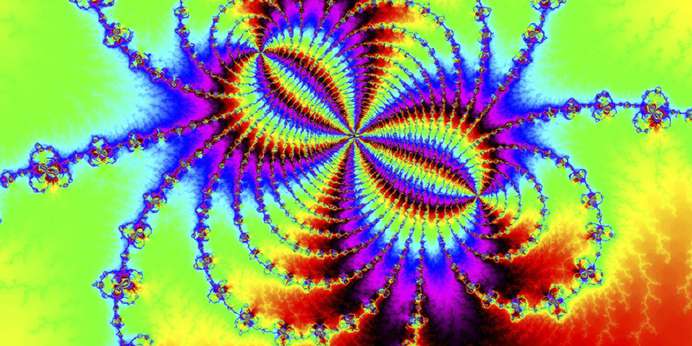
The CIE defines the Human Visual response to be in the range of 380nm to 780nm of light and provides weighting tables so that a user can determine a color from a spectral curve by multiplying the instrument measurement at a wavelength by the corresponding Human Visual response weight at that wavelength and then summing this data for all measured wavelengths. These tables are offered in 1nm, 5nm and 10nm intervals. For non-critical measurements larger intervals such as 20nm to 133nm have been employed and use abrided weighting tables. Resolution then refers to how many data points were used in the calculation. Imagine we are measuring two red paint chips and calculating their color. Only Research or National Metrology labs use 1nm weighting so let’s not use this in our discussion. Depending on the instrument used we would end up with 80 or 40 spectral results in the summation for critical color determination and for non-critical measurements one might end up with only 20 or even 3 results to sum.
Spectral Resolution can be further defines as how many measuring points are within the spectral results. If one uses a fixed array detector then how many array elements (pixels) are there in the measured spectrum. Assuming a 400nm range (380nm-780nm) one might have for example 256 or 128 pixels, resulting in either 1.56 nm/pixels or 3.125 nm/pixels.
What Is Resolution?
There are four types of data resolution: spatial, spectral, radiometric and temporal. Many instruments can capture one or two types of resolution simultaneously, yet it is rare to find equipment capable of delivering on all four types. This phenomenon is known as the resolution trade-off. Most instruments measure the most commonly used types of resolutions: spatial and spectral. Together, spatial and spectral resolutions allow scientists to quantitatively measure factors such as color, space and detail.


